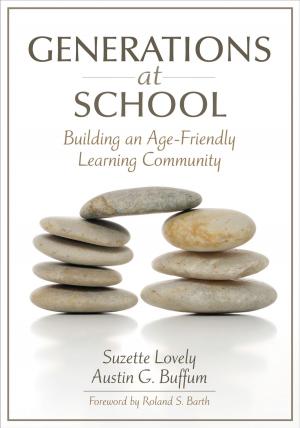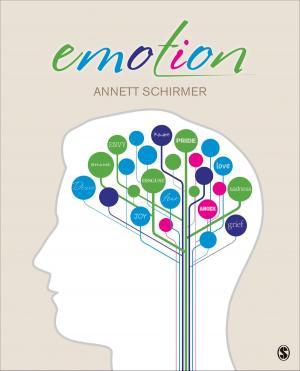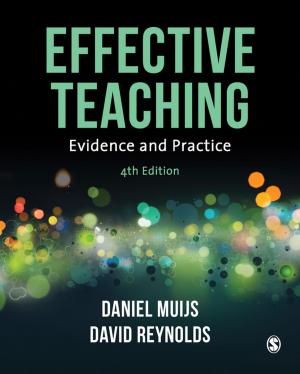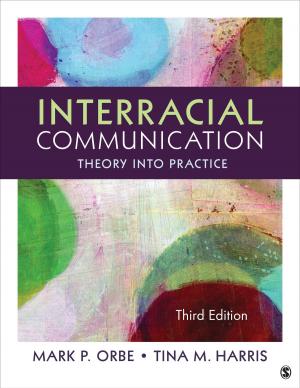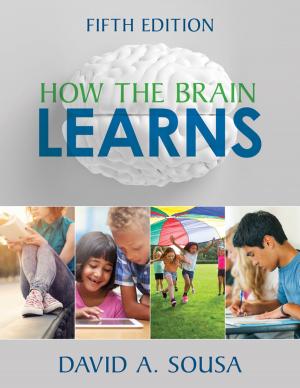Qualitative Researching with Text, Image and Sound
A Practical Handbook for Social Research
Nonfiction, Reference & Language, Reference, Research, Social & Cultural Studies, Social Science| Author: | ISBN: | 9781446223369 | |
| Publisher: | SAGE Publications | Publication: | May 16, 2000 |
| Imprint: | SAGE Publications Ltd | Language: | English |
| Author: | |
| ISBN: | 9781446223369 |
| Publisher: | SAGE Publications |
| Publication: | May 16, 2000 |
| Imprint: | SAGE Publications Ltd |
| Language: | English |
`This excellent text will introduce advanced students - and remind senior researchers - of the availability of a broad range of techniques available for the systematic analysis of social data that is not numeric. It makes the key point that neither quantitative nor qualitative methods are interpretive and at the same time demonstrates once and for all that neither a constructivist perspective nor a qualitative approach needs to imply abandonment of rigor. That the chapters are written by different authors makes possible a depth of expertise within each that is unusually strong' - Susanna Hornig Priest, Texas A&M University; Author of `Doing Media Research'
Qualitative Researching with Text, Image and Sound offers a unique resource for today's social researcher. This practical handbook provides a comprehensive and accessible introduction to a broad range of research methods with the objective of clarifying procedures, good practice and public accountability.
Following an introduction which discusses quality and quantity, and how these relate to issues of representation and knowledge interests in social research, the book is organized into four parts:
· Part I covers different ways of collecting data and different types of data relating to text, image and sound: corpus construction, individual and group interviewing, narrative and episodic interviewing, video and film, and bemetology.
· Part II introduces the main analytic approaches for text, image and sound: classical content analysis, argumentation, discourse, conversation analysis, rhetoric, semiotics, analysis of moving images, and of noise and music - each includes an introduction with examples and step-by-step advice on how to do it.
· Part III covers computer-assisted analysis - including computer-assisted qualitative data analysis and key-word-in-context analysis.
· Part IV addresses issues of good practice, looking at problems and fallacies in interpretation and develops quality criteria for qualitative research.
This book provides researchers with the skills and knowledge to make the appropriate choices between different methods, types of data, and analytic procedures, and gives examples and criteria of good practice for each one. It will be essential reading for students and researchers across the social sciences.
`This excellent text will introduce advanced students - and remind senior researchers - of the availability of a broad range of techniques available for the systematic analysis of social data that is not numeric. It makes the key point that neither quantitative nor qualitative methods are interpretive and at the same time demonstrates once and for all that neither a constructivist perspective nor a qualitative approach needs to imply abandonment of rigor. That the chapters are written by different authors makes possible a depth of expertise within each that is unusually strong' - Susanna Hornig Priest, Texas A&M University; Author of `Doing Media Research'
Qualitative Researching with Text, Image and Sound offers a unique resource for today's social researcher. This practical handbook provides a comprehensive and accessible introduction to a broad range of research methods with the objective of clarifying procedures, good practice and public accountability.
Following an introduction which discusses quality and quantity, and how these relate to issues of representation and knowledge interests in social research, the book is organized into four parts:
· Part I covers different ways of collecting data and different types of data relating to text, image and sound: corpus construction, individual and group interviewing, narrative and episodic interviewing, video and film, and bemetology.
· Part II introduces the main analytic approaches for text, image and sound: classical content analysis, argumentation, discourse, conversation analysis, rhetoric, semiotics, analysis of moving images, and of noise and music - each includes an introduction with examples and step-by-step advice on how to do it.
· Part III covers computer-assisted analysis - including computer-assisted qualitative data analysis and key-word-in-context analysis.
· Part IV addresses issues of good practice, looking at problems and fallacies in interpretation and develops quality criteria for qualitative research.
This book provides researchers with the skills and knowledge to make the appropriate choices between different methods, types of data, and analytic procedures, and gives examples and criteria of good practice for each one. It will be essential reading for students and researchers across the social sciences.


